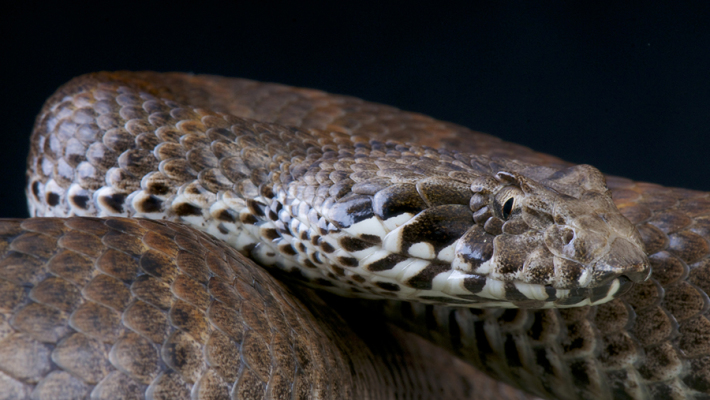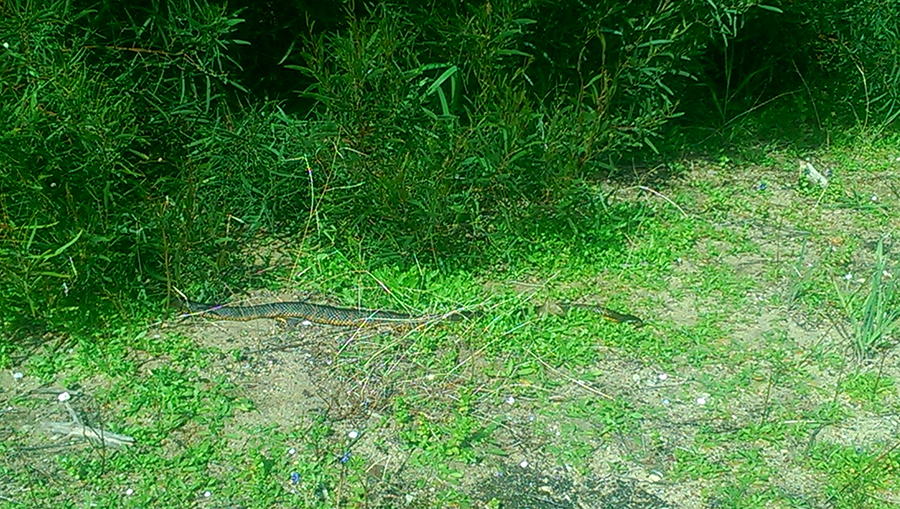
Snake Bite season has begun
It’s that time of year when the weather is beginning to warm up, snakes are waking from hibernation and we have already seen our first snake bite cases of the warmer season here at Drovers. It is very important to obtain veterinary attention if your pet has been bitten by a snake. The following information has been compiled to assist pet owners who have any concerns about snake bite.
How do I tell that my pet has been bitten by a snake?
Unless you find direct evidence that a snake and your pet have been in contact (for example seeing them together, or the pet bringing the snake home) it can be very hard to say for sure that there has been a snake bite. Bite marks are rarely identified.
Tell-tale signs of envenomation vary from pet to pet, and also depend on the type of snake and the amount of venom delivered in the bite. However there are some characteristic signs to look out for, which may include any or all of the following:
* Lethargy
* Collapse
* Weakness or paralysis of the back legs
* Nervous signs such as shaking, twitching and tremoring
* Difficulty breathing
* Vomiting and defecation
* Fixed, dilated pupils, especially in cats
* Blood in the urine and/or brown urine
* Death may occur due to paralysis of the respiratory system
Note that signs of snake bite can be seen as soon as immediately after being bitten but may also take hours to occur.
What to do if you suspect snake bite
If you suspect snake bite, even if there are no signs, please bring your pet to the clinic for examination. Diagnostic tests may be required. Bitten animals can rapidly deteriorate therefore the sooner they are examined and treatment commenced, the better their chance of survival. Note that, if the pet collapses suddenly following close contact with a snake, then apparently recovers, it is vital that the pet is given veterinary attention as these pets are at high risk of fatal collapse later on. Please note that there is no need to try to capture the snake for identification. This is because the type of anti venom used as treatment will cover against most brown snakes and tiger snakes. Trying to catch a snake is extremely dangerous and puts lives at risk. Even dead snakes are potentially dangerous to handle as the venom glands may still contain fatal amounts of venom.

Dr Caroline saw this snake out on her walk this week!



